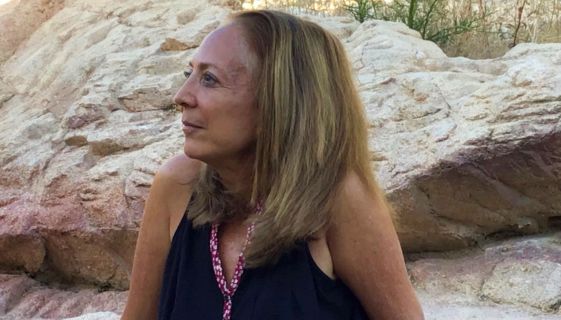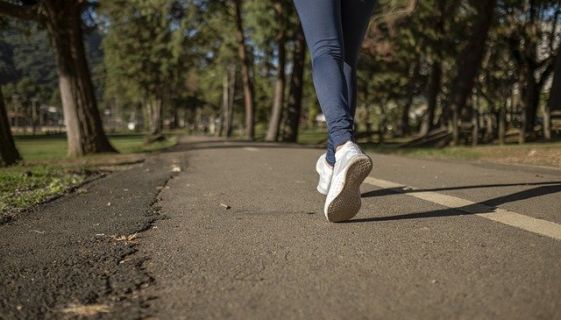You’re probably familiar with how hard it can be to make lasting change. After all, if a desired change were easy to make, it would already be a part of your routine. What you might be less familiar with are some of the common barriers to change, which we will focus on in this blog post. In the next blog post, we will cover how to start overcoming those barriers, and what to do when you experience a setback.
Making lifestyle changes can seem overwhelming, but with a little bit of knowledge and planning, you will give yourself a much better chance of success. First, it is important to become familiar with some of the common obstacles that you might be experiencing without even realizing it. Let’s take a look at common hurdles you might run into when making lifestyle changes.
Past Experiences
As we evolve from children into adults, we all go through positive and negative developmental experiences. The experiences themselves differ from person to person, as does the meaning we make of them. Some experiences can make a person feel disempowered, and lower their self-esteem. For example, if a parent or teacher was constantly critical and demeaning, a child may grow into an anxious and stress-prone adult. Children can also receive well-meaning, but ultimately unhealthy messages from adults. For example, if your parents emphasized the need to clean your plate every meal, you may feel that you need to continue this behavior into adulthood. This can lead to overeating and weight problems. Unhealthy emotions can cause people to act in ways that undermine efforts to make changes that promote health and well-being.
Existing Habits
Another common obstacle includes your existing habits. Habits can be a friend or an enemy. When you decide to make a healthy change and it becomes part of your routine, this positive habit helps you to live better without having to think about it very much. An example of a healthy habit is if you and a co-worker routinely decided to walk every day after lunch. On the other hand, you might have developed unhealthy habits that make positive change harder to achieve. For example, you may be used to taking smoking breaks as an opportunity to connect with co-workers. Your enjoyment of this social habit might make it hard to quit smoking. Some habits might be good in some ways, but bad in other ways. For example, say your workplace provides free doughnuts every Friday. While a free breakfast saves you money, dining on doughnuts presents obvious problems. Keep in mind that habits are learned and can be “unlearned” and replaced. The trick is to become aware of which habits are taking you further away from your change goals.
Emotions
Emotions can also be a barrier to change. Some emotions can make us feel like we are incapable of making a change. Maybe you’re afraid of the unknowns involved with change. For example, you may want to start exercising, but you’re embarrassed to ask how to use the weight machines at the gym. Or you’d like to start walking daily, but you’re not sure where to find safe paths in your area. You might also feel a little selfish making the effort that change requires. For example, if you decide you’d like to lower your sugar intake, you might decide to stop making your family’s favorite high-calorie foods and dessert. This can create conflicting emotions since you associate making these foods with a way of expressing love for your family.
Whether you feel fear, anger, frustration, confusion, or helplessness, the emotions can rob you of your energy. Keep in mind, though, many tools are available to help you calm your emotions and gain some perspective. When you start to feel bad, you have the power to tell yourself a different story. Instead of saying to yourself that you have always failed to make this change in the past, tell yourself “I have new knowledge”, or, “I have a new skill that will help me stick with my change this time.”
Personal Environment
Your personal environment consists of friends, family, co-workers, and others with whom you interact as well as items in your surroundings. Your environment can have a powerful influence on your ability to make desired changes. The natural desire for ease and comfort creates a tendency to seek out others who encourage us to stay just the way we are, instead of helping us make changes we consider important. For example, you might have a friend who is your Friday night drinking buddy. If you decide to stop or decrease the amount of alcohol you consume, you may create confusion and resentment in that friendship. Environment can also refer to ways our physical surroundings can be a barrier to change by triggering unhealthy behaviors. Have you ever tried to avoid things like sweets or high-calorie foods while a spouse or roommate continues to stock a refrigerator with them? It would be much easier to resist them if they weren’t in the house at all. Or maybe driving past a bar or liquor store on your way home from work results in a stronger urge to drink. It is important to be aware of the environmental factors that make change harder for you to achieve. In many cases, it’s possible to modify these risk factors. Using the liquor store, for example, you might choose to drive home via a different route.
Once you recognize these barriers, overcoming them will be easier.






